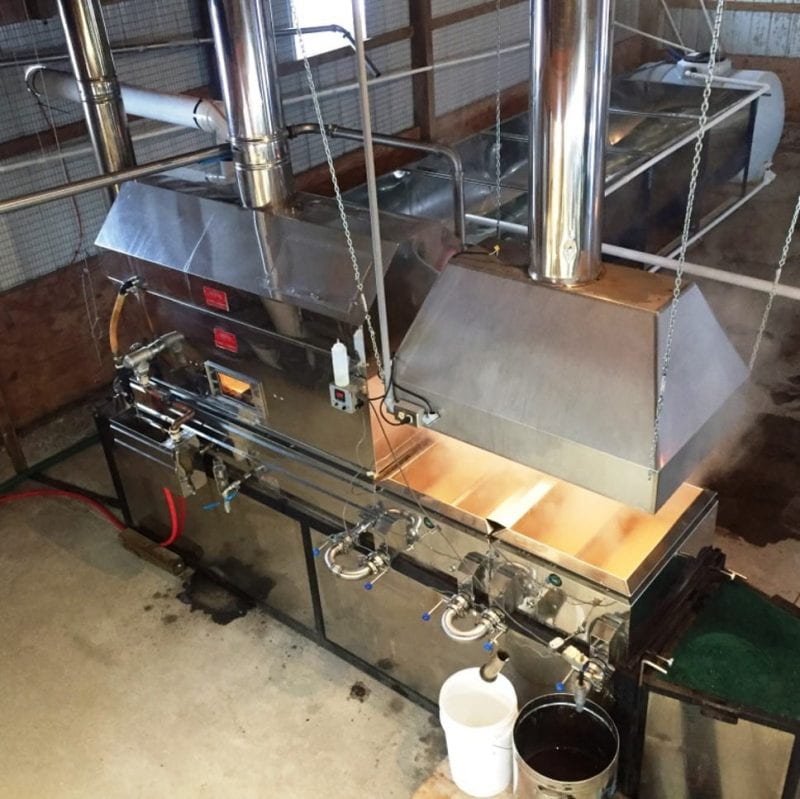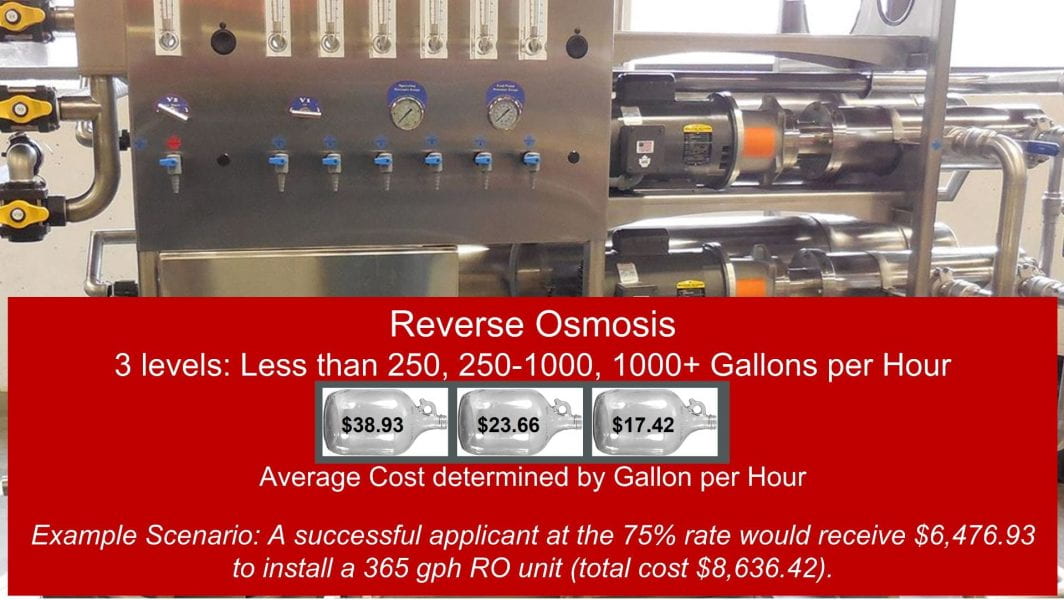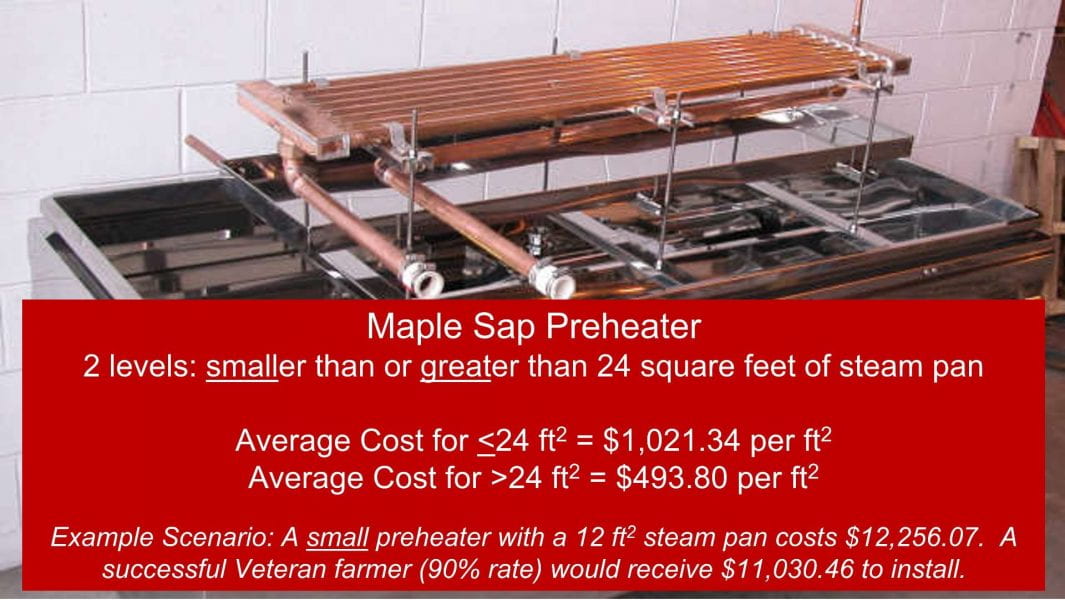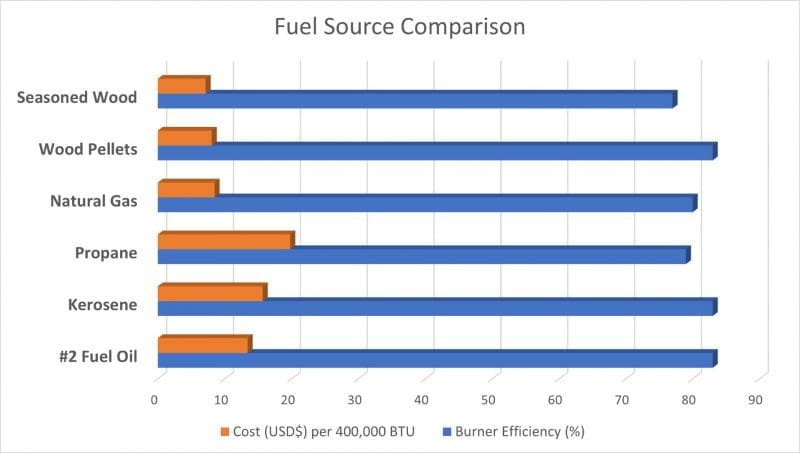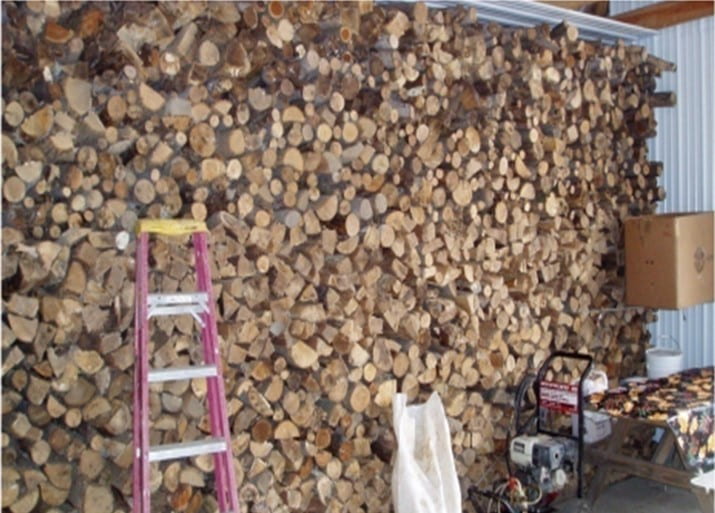The taste of pure maple syrup is one of nature’s most enjoyable flavors. If it is produced properly, the taste ranges from sweetly delicate to a pronounced robust, uniquely maple flavor. However, maple syrup that is improperly made or handled can be just as unforgettable for other reasons. Maple producers need to be very conscious of how easy it is to destroy the quality of the product they are producing. They need to take every precaution to preserve the integrity of this unique product. How sap is handled during the course of the season will determine the volume of high quality syrup produced.
Maple syrup is made up of 98.5% sugar. The level of sugar is measure in Brix or a percentage of the sugar present in the product. For all practical purposes, we simply say that the product is maple syrup when it reaches 66 Brix or contains 66% sugar. For this reason, maple syrup in Ohio and elsewhere must be finished at 66 Brix.
Simply stating that syrup is all sugar smooths over some of the important details. The primary sugar in maple syrup is Sucrose; however, there are small amounts of Glucose and a trace of Fructose present. Glucose and Fructose sugars are referred to as the invert sugars, and invert sugar levels can determine if a specific batch of maple syrup is usable to make certain value-added maple products. The remaining portion of the syrup is composed of various minerals, amino acids, and organic acids. The most common organic acids are Malic and Fumaric acid, the same found in many fruit juices. The presence of these acids is a relevant fact and has a bearing on how maple syrup is processed.
The quality of maple syrup normally declines as the season progresses. The sap that comes from the tree when the weather is cold and the taps are fresh will most often produce the lightest and the highest quality syrup of the season. The primary reason for this is the relatively low level of bacteria found in the sap. Research done at the University Of Vermont by Dr. Mariafranca Morselli documented the fact that sap inside the maple tree is essentially sterile; however, because sap is normally 1.5 to 2.5% sugar, it becomes an ideal medium for bacterial growth. Once a tree’s sap reaches the taphole, environmental conditions cause bacterial colonies in the sap to flourish. This bacterial growth is responsible for two processes, one inside the tree and another outside. First, bacteria will cause the taphole to dry out and heal thus reducing the flow of sap from that tap. And second, sap containing large concentrations of bacteria will produce darker grades of syrup. A study by Legace, Petri, Jacques and Roy found that:
The presence of microorganisms in the sap has the ability to breakdown the sucrose molecules, the main organic component sap, into glucose and fructose subunits. These subunits react with the heat in the evaporation process to cause the darkening of the syrup and an intense, caramelized flavor.
Morselli & Wahlen also found that if producers can keep sap from being contaminated with bacteria, trees will produce light colored syrup almost to the end of the season. Maple producers can learn much from these studies. Best practices, such as not blowing in the hole to dislodge wood chips, drilling holes straight and clean, properly seating the spout, and regularly replacing or cleaning spouts and drops, all help prevent bacterial growth.
Bacterial growth that starts at the taphole will multiply and flourish as the sap is collected and stored prior to evaporation. This is the reason that sanitation is so important during the collection process. Tubing systems have solved many problems when it comes to collecting sap, but they have also created a few. Sap being collected with a vacuum tubing system moves sap quickly away from the tree to the collection point. It creates a cleaner environment for sap collection unless it is improperly maintained. Unfortunately, poorly maintained tubing presents one of the highest risks for increased bacterial growth. Stagnant sap sitting inside of tubing warms quickly, and research done by Morselli and Wahlen at the University of Vermont, found that bacterial populations sitting inside warm tubing systems double every twenty minutes. Therefore, tubing systems need to be installed properly and maintained with tight lines all sloped toward the collection point.
Changing spouts every season and rotating drop lines on a regular interval enables modern-day producers to achieve a high level of vacuum line sanitation. The invention of the Check Valve Adapter (CVA) by the researchers at Proctor Research Center has totally changed the way we think of taphole sanitation. The research done at Proctor documented that sap actually siphons back into the tree in the absence of vacuum. CVAs prevent that back siphoning from occurring. The other important revelation was that if we can maintain vacuum on the lines even during periods of minimum flow, lines are kept cooler and bacterial growth is minimized. The result is that in many maple operations the only time that vacuum is turned off is when the temperature goes below freezing for a prolonged period of time. We are definitely changing the way we run our vacuum tubing systems and it has not only improved syrup production but also syrup quality.
At the end of the season all collection lines need to be thoroughly cleaned and drained. If possible they should be rinsed again before the start of the next season. Sanitation is no less important in bucket operations. Buckets should be washed before the start of every season. During the season sap needs to gathered often, and buckets should be washed, dried, and stored quickly at season’s end.
Once the sap arrives at the sugarhouse it should be processed quickly. Do not allow sap to sit in open tanks for long periods of time. Collection tanks need to be drained and washed down between runs. To speed up processing, evaporator capacity should be properly matched to the volume of sap coming into the sugarhouse. Producers who struggle to keep ahead of the sap flow and allow large volumes of sap to sit unprocessed for long periods of time often struggle to make top quality syrup.
There are several techniques that can slow bacterial growth and speed up the processing time. Sap can be exposed to ultraviolet (UV) light. Morselli and Wahlen found that sap treated with in-line UV lamps reduced bacteria by 99.4 % early in the season and reduced bacteria 86.2 % later in the season. Evaporation rates can be increased by using pre-heaters or enhanced evaporator units such as the Steam-A-Way or Piggyback. By far the most popular means of cutting down on processing time is by using a reverse osmosis (RO) machine. The invention of the RO has revolutionized the maple syrup industry. Because of the use of modern RO technology, extensive expansion of maple operations is now possible. Modern RO machines can concentrate sap from 2% to over 20% before it ever goes through the evaporator. However, a word of caution, sap that has been run through the RO process is subject to increased bacterial growth, therefore concentrated sap needs to be processed as soon as it comes out of the RO to prevent darkening of the finished product. Of course, the final step in the syrup-making process is proper setup and operation of the evaporator and the maple syrup filtering systems. Once again proper sanitation of all the processing equipment is very important if quality is to be maintained.
The purpose of this post is to get you to thinking about the importance of sanitation and the role sanitation plays in the process of making high quality maple syrup. The beginning of the season is the time to adopt good sanitation practices.
Author: Les Ober, Geauga County OSU Extension 









